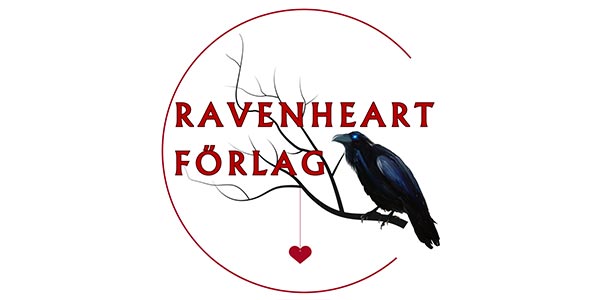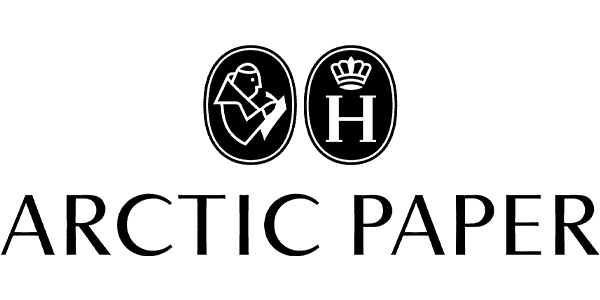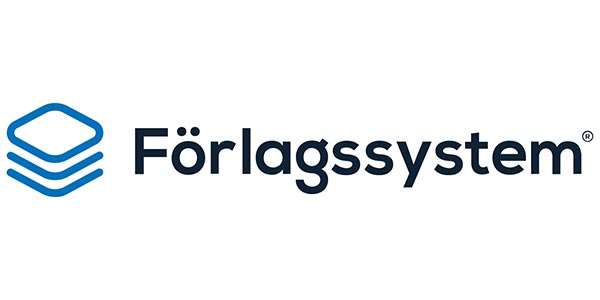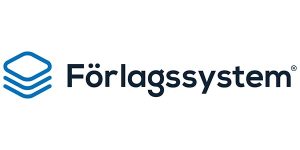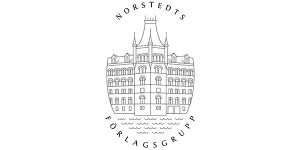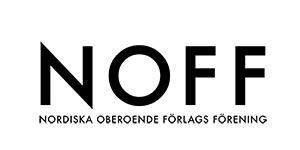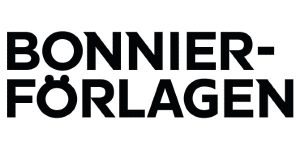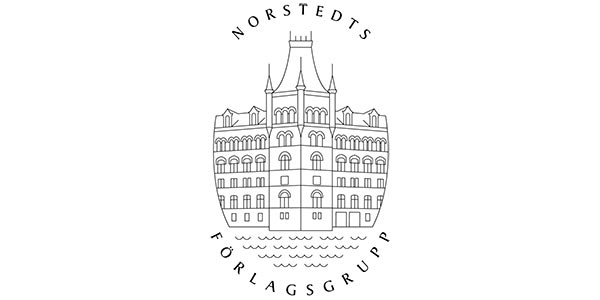
Neighborhoods without community : collective efficacy and crime in Malmö, Sweden
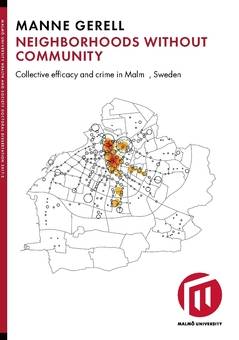
| Författare | |
|---|---|
| Förlag | Malmö Högskola |
| Genre | Samhälle, politik och debatt |
| Format | Häftad |
| Språk | Engelska |
| Antal sidor | 198 |
| Vikt | 425 gr |
| Utgiven | 2017-02-16 |
| SAB | Oepb |
| ISBN | 9789171047465 |
This thesis explores the connection between neighborhoods and crime from a perspective of both opportunity theories and social disorganization theory. It consists of four papers primarily connected to two research questions with corresponding methods- and results sections.
First, it considers how a neighborhood should be defined, which is studied in relation to arson and collective efficacy in two papers. The findings for collective efficacy are based on semi-structured interviews with residents and people working in four neighborhoods (N=39) and a small community survey in the same neighborhoods (N=691). The findings for arson are based on data over outdoors arson from the rescue services. These are studied in relation to artificial neighborhoods of different sizes and degrees of randomness. Results suggest that neighborhoods should be small to capture crime-relevant social processes.
The second question examines the association of collective efficacy with crime, which is modeled net of controls in relation to violence and arson. Collective efficacy data was retrieved from a community survey in Malmö in 2012 (N=4051) and controls include concentrated disadvantage, ethnic heterogeneity, residential instability and urbanity. Here, results show a strong association with public environment violence but no association with outdoors arson on the neighborhood level.
The thesis concludes with a suggestion to study crime by examining micro-place opportunity structures nested in (micro-) neighborhood social disorganization.

